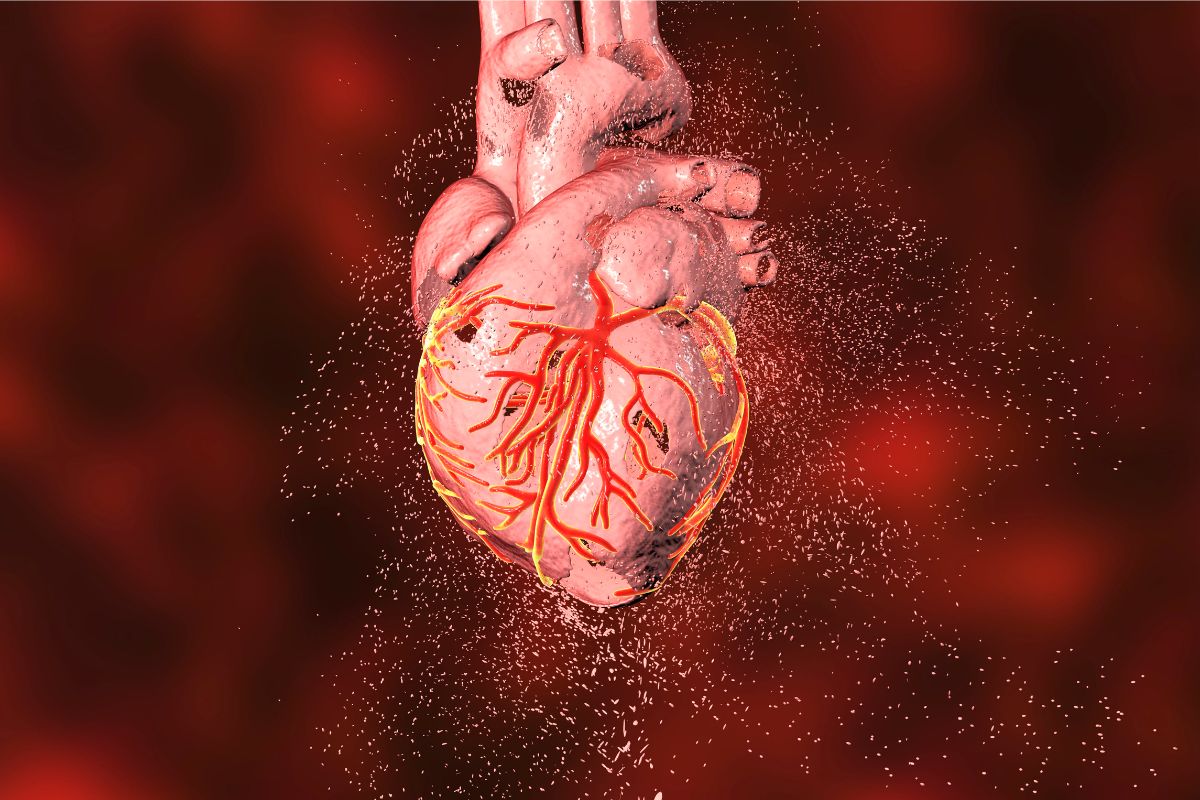Heart disease is a major cause of death worldwide and it affects hundreds of thousands of people every day.
However, some people are more likely to develop heart disease than others – but which demographics are the most at risk?

Here we are going to be looking at heart disease and how it affects different groups of people.
This way, you can find out if you are at high risk of developing heart disease so you can stay vigilant and make changes to your daily lifestyle to try and improve your health.
This way, you can lower your risk of developing heart disease.
So, let’s get into it!
Age
One of the biggest defining factors of your likelihood to develop heart disease is your age.
Typically, the older you are, the more likely you are to develop heart disease.
This means that adults who are aged 65 and older are at a very high risk of developing heart disease.
Those who are young, such as children and adults below the age of 30, are far less likely to develop heart disease and thus are at very low risk.
The reason why this is so is because the older we get, the more our hearts change.
Our arteries and muscles in our heart harden and become stiff, making it tougher to pump blood around our bodies.
This can cause rhythm changes, higher blood pressure, and narrower blood vessels.
All of this can increase your risk of developing heart disease and so, the older you are, the more likely you are to suffer the symptoms.
Men VS Women
When it comes to which sex is more likely to delveop heart disease and other complications, there are a lot of factors that can affect the answer.
Overall, men are more likely to develop heart disease and are twice as likely to suffer from a heart attack – but women are more likely to suffer from a less desirable outcome.
This is because estrogen (a hormone that plays an important role in women, thus earning its name as the ‘female’ hormone) helps protect women against heart disease by keeping the arteries flexible.
Thus, they are less likely to develop heart disease until much later in their lives when compared to men.
The average age for a man’s first heart attack is 65, while in women the age is 72 – so men are at a much higher risk of heart disease than women.
However, once a woman enters the menopause and the levels of estrogen in her body begin to decline, her risk of developing heart disease increases.
There is another important risk to consider when discussing sex and heart disease.
Women suffer from different symptoms when it comes to heart attacks and because of this, some women will not seek treatment or even realize they are suffering from a heart attack because they don’t have the ‘common’ symptoms associated with men.
So, even though women are less likely to develop heart disease, they are more ‘at risk’ of suffering serious side effects if they do!

Ethnicities And Heart Disease
When it comes to finding out which ethnicity is more likely to develop heart disease, results are often skewed by a number of different factors.
A quick Google search will tell you that people from certain racial and ethnic groups such as Black and Indigneous people are more likely to develop heart disease than white people – but the reason why is far more complicated.
Our lifestyles have a huge influence on our risk of developing heart disease.
Eating healthier food options and having more exercise can greatly reduce your risk of heart disease, but non-white Americans are put at a huge disadvantage due to racism and class inequality.
Black workers earn less than their white counterparts, which means they are also more likely to rely on affordable yet unhealthy food options and also have limited access to facilities like gyms to keep themselves fit and healthy.
Non-white communities in the US are also significantly underfunded compared to white neighborhoods, which can influence the chances of non-white Americans achieving higher grades in school and thus securing better jobs once they are adults.
This means that there is no biological reason why non-white people are at a higher risk for developing heart disease.
Instead, factors like privilege and wealth have a huge impact on our health and due to racial bias and discrimination, non-white Americans are more likely to develop heart disease than their white counterparts.
And the racial affect does not stop there – medical professionals are less likely to listen to the complaints non-white Americans and this means they are less likely to receive the proper medical care they need.
This leads to an increased risk of complications and side effects.
So – biologically, ethnicity has no impact on your risk of developing heart disease, but the social impacts of racism and discrimination result in an increased risk of heart disease in non-white Americans.
Which Demographic Is Most At Risk For Heart Disease?
Overall, BIPOC (which stands for Black, Indigneous, and People of Color) men aged 65 and over are the group most likely to develop heart disease.
Behind them are white men aged 65 and over, while women increase their risk of heart disease once they have gone through the menopause and their levels of estrogen have greatly reduced.
However, despite this, there are ways you can reduce your risk of developing heart disease no matter your age, sex, or ethnicity.
Eating a healthy, balanced diet and engaging in more physical activity and exercise are both great ways to help decrease your risk of developing heart disease as well as lowering your blood pressure and your levels of cholesterol.
Other great methods include reducing your alcohol intake and giving up smoking as alcohol and smoking both increase your risk of developing heart disease.
So – try and eat a healthy diet and aim for thirty to sixty minutes of activity every day to help prevent yourself from developing heart disease!
- Understanding Male Reproductive Health: A Complete Guide - February 2, 2025
- Simple Healthy Skin Habits for Radiant Skin - December 6, 2024
- Unlocking the Connection Between Nutrition and Mental Health - December 3, 2024








